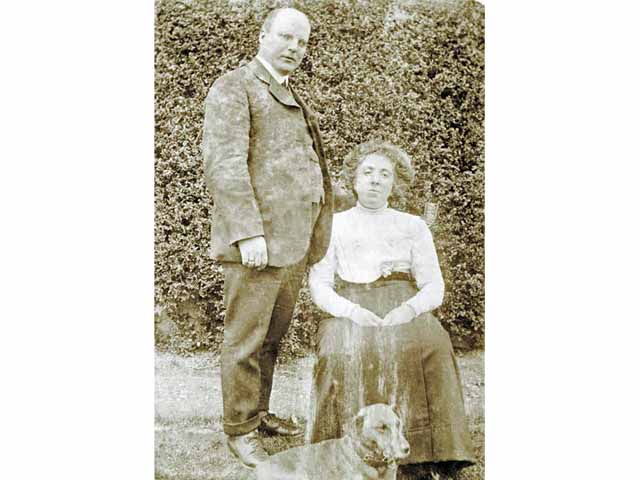The workhouse was the last place anyone wanted to be, whatever time of year, but especially so at Christmas. Whilst the poorest people could survive during warm summer weather, picking up menial work in the fields at harvest time, once winter arrived and work became scarce, life became much harder. Working outside in the icy rain and snow, meant only the strongest could survive, and hence the workhouse became a place of refuge for many.
In 1797 Southam had its own small workhouse, with the surrounding villages looking after their own poor. Southam originally had places for up to 20 people, Napton had a place for a similar number, and other villages had smaller places. The Southam workhouse occupants worked for a ‘contractor’ who was paid 2 shillings 9 pence (14 new pence) for each workhouse person’s board and lodging, and the villages would have been paid the same for theirs.
A new workhouse was built in Welsh Road West, Southam in 1837 and it catered for 19 Parishes around Southam, with a total provision for about 80 occupants. This does not seem many when spread between all those parishes. Every Parish contributed to the Workhouse upkeep so they could send their own poor there, when necessary.
Normal workhouse fare was plain and Victorian stories of ‘gruel’ are well known. The recommended breakfast for men was 7ozs of bread and women 5ozs, with up to 2 pints of gruel each. Gruel was made from three desert-spoons of oatmeal boiled up in a pint of water with a pinch of salt – and it reportedly tasted like wallpaper paste! Meat and vegetables were served on three days a week, cheese on one day a week and the remaining three days the occupants were served what could loosely be called soup. It was all served with more bread and sometimes an extra 2ozs of cheese for supper. That completed the weekly diet.
Reports from the Southam workhouse are few, but the inmates do appear to have been relatively well looked after, according to contemporary newspaper reports, especially on high days and holidays. These occasions of merriment, however, must have been very few and far between.
In 1887, Christmas for the 68 inhabitants of Southam Workhouse, was reported in the Leamington Courier. It tells us that the inmates were “well regaled in the usual manner”, with a Christmas dinner of roast beef and plum pudding, followed by beer and tobacco. The dining hall had been decorated by the Workhouse Master and Matron and a Christmas tree put up.
Then, through subscription, the workhouse Guardians and residents of Southam and the surrounding villages provided the workhouse inhabitants with a treat on New Year’s Eve. This was a substantial tea, and a small present for each of them, of sugar, tea, tobacco, sweets and fruit, plus amusing and instructive toys from under the Christmas tree. Tea was followed by a “Magic Lantern Show” and then a concert by local ladies and gentlemen, which all came to an end at 9 o’ clock.
The photograph shows Charles and Kathleen Shirley, Master and Matron of Southam Workhouse in early 1900. The Southam Workhouse building survived until the early 1960s when it was pulled down to make way for Southam Primary School. At this time of year, perhaps we should all take time to reflect on the lives of those less fortunate than ourselves.
By Linda Doyle
Have you bought your ticket for our grand Christmas Raffle yet? Available from Tithe Place during opening hours – draw takes place on Saturday 21st December. If you are interested in finding out more about local history, please see our website www.southamheritage.org or visit the museum on Tuesday, Friday and Saturday mornings in Tithe Place, High Street from 10am to 12 noon. Telephone us on 01926 613503 email southamheritage@hotmail.com and find us on Facebook: Southam Heritage Collection.


Leave A Comment